There was always something about the perma-smile of Mo Farah that suggested an ability to mask difficult emotion when standing in the eye of the world.
Unyielding smiles make me uneasy. They might display the ability to think positively – an attribute Farah undoubtedly has – but they also display the propensity to suppress feelings to a damaging degree. How can you help someone’s sadness when they refuse to acknowledge its existence?
It was no surprise, therefore, to hear Farah say, when discussing the fact that he was trafficked into Britain as a child, that he learned to hide emotion and is not who the world thinks he is.
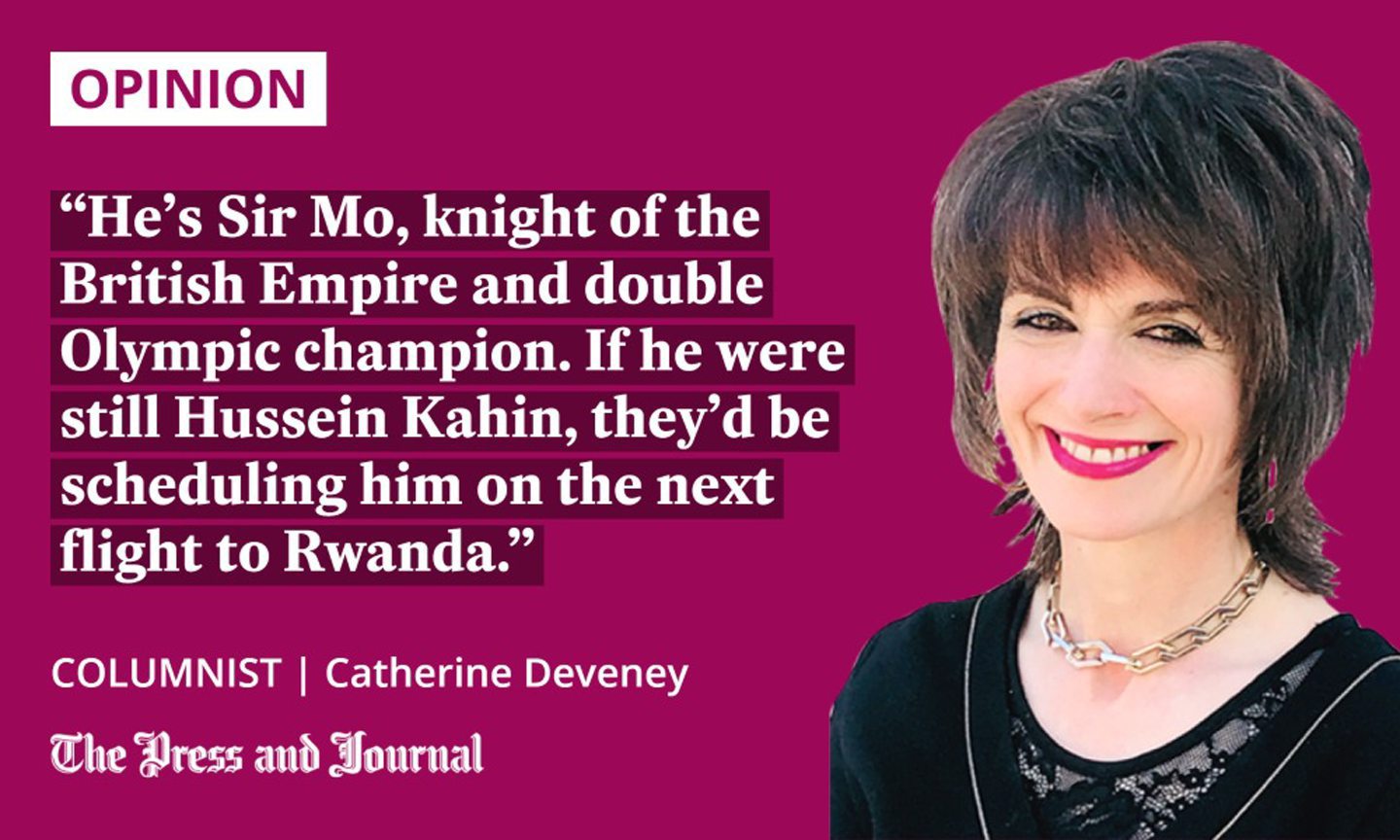
The range of difficult emotions Farah displayed in the BBC’s revelatory documentary – fear, sadness, confusion and, perhaps above all, hurt – was fascinating for the viewer, and no doubt cathartic for him, but his story highlights the vagaries of our asylum and immigration policies.
The Home Office offered immediate reassurance that Farah, born Hussein Kahin in Somaliland, but illegally trafficked here using another child’s identity, can remain in Britain. Well, of course he can. He’s Sir Mo, knight of the British Empire and double Olympic champion. If he were still Hussein Kahin, they’d be scheduling him on the next flight to Rwanda.
Hussein Kahin is not equal to Mo Farah
Enter Tiffany Ellis. Ellis has indefinite leave to be in Britain, where she has lived since the age of eight. She and her husband visited family in Jamaica, where Tiffany gave birth. The Home Office then refused her application to bring her baby back into Britain, saying “effective immigration and border control” must be maintained.
The real peach in the refusal is the bit that maintained the baby could stay in Jamaica and be supported by her mother in the UK without “unjustifiably harsh consequences”. Wow.
So no action against Mo Farah for being trafficked to this country aged 9. What about action to reunite Tiffany Ellis and baby Xien with her husband and 5 year old daughter? Home Office says Xien born in Jamaica because of Covid has “an established life” there @WindrushLives
— Jenny Rathbone (@JennyRathbone) July 13, 2022
Is that official government policy, do you think, to appear in the next Conservative manifesto? Babies shouldn’t expect their mother’s love, just their dosh?
Months of lobbying had been undertaken by Ellis and her MP, but it was when the story hit the press that a visa for the baby miraculously appeared. Does anyone think there would have been any more compassion for little Hussein Kahin?
Mo Farah was driven to success, his love of running not just an athletic accomplishment but also, one suspects, a release from the suppression of so many internal, emotional truths
As a child, Farah was forced into domestic servitude. Only the keen eye and support of his teachers, particularly his PE teacher, plus a little white lie on his application to run for Britain, enabled him to break free.
He was driven to success, his love of running not just an athletic accomplishment but also, one suspects, a release from the suppression of so many internal, emotional truths. Despite his fame, he learned to keep his real background secret.
Just as well. The notion that the law is egalitarian is simply not true. Hussein Kahin is not equal to Mo Farah.
UK has ‘prove you’re a victim’ attitude
Last week: the poignant story of Mo Farah. This week: a damning report on the UK Government’s migration and asylum policies, published by the home affairs select committee.
Despite having the legal right under international law to remain, only 2% of children trafficked here stay permanently
Called “Channel crossings, migration and asylum”, it highlights the chaotic approach to policy, the lack of caseworkers to process claims, and the resulting backlog of 64,000 people needing accommodation (13,000 of whom are in hotels), as well as the antiquated software being used to process applicants.
The report particularly criticised the approach to unaccompanied children. “The average waiting time for them to have their claims processed,” it says, “is 550 days. Some have been wrongly classified as adults and placed in immigration detention centres, while others have vanished from hotels.”
Having previously represented England at an amateur level, Bilal Fawaz wins his first professional fight, at York Hall on 11/02/22. After escaping modern-day slavery at the age of 14, he discovered boxing while fighting to avoid deportation. #boxing #bilalfawaz pic.twitter.com/PMry0Oqa7h
— Leon Neal (@tabascokid) February 12, 2022
Mo Farah was lucky as well as talented. Boxer Bilal Kelvin Fawaz, once crowned Amateur Boxing Association of England light middleweight champion – who was trafficked from Nigeria as a child and, like Farah, forced into servitude – had the opportunity to represent Britain at the 2012 Olympics. The Home Office blocked that chance. He is still fighting to extend a 30-month visa.
His case is far more typical than Farah’s. Despite having the legal right under international law to remain, only 2% of children trafficked here stay permanently according to the charity Every Child Protected Against Trafficking UK. ECPAT’s Chief Executive, Patricia Durr, says the system has an aggressive, “prove to me you are a victim” attitude.
Asylum seekers contribute so much with a little help
Despite making a life here, once children reach adulthood, many are thrown back to where they came from. They become victims all over again.
There is no doubt that Farah IS a victim – an important one, because trafficked victims’ voices are rarely heard. He is also hugely successful. In that combination lies a lesson: asylum seekers are so often dismissed as a burden when, with a little help, they contribute much.
Athletes are sometimes described as “brave” due to the way they push themselves to their physical limits, but perhaps the bravest thing Mo Farah has done is push himself to his emotional limits: offering hope to others by connecting to what lies beneath that smile and revealing who he really is.
Catherine Deveney is an award-winning investigative journalist, novelist and television presenter
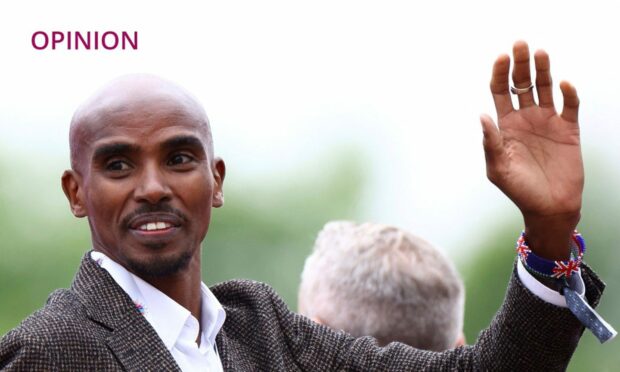
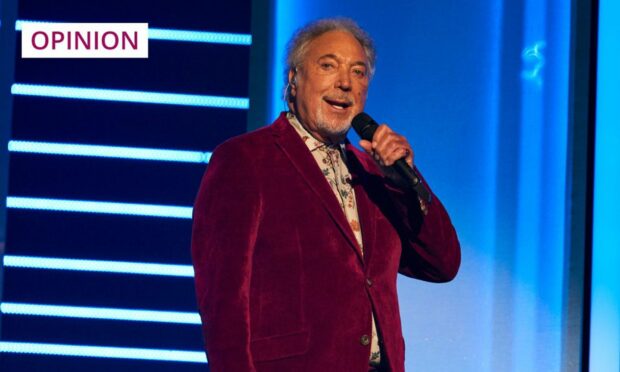

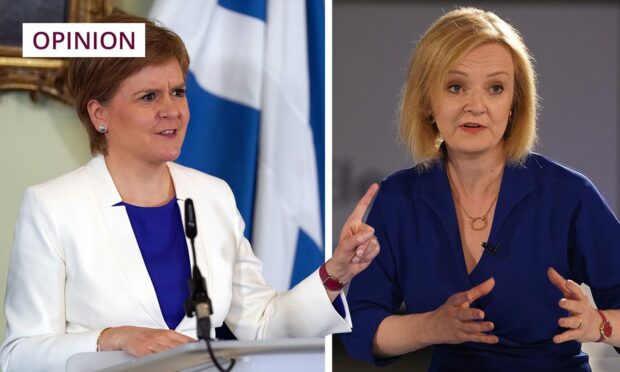
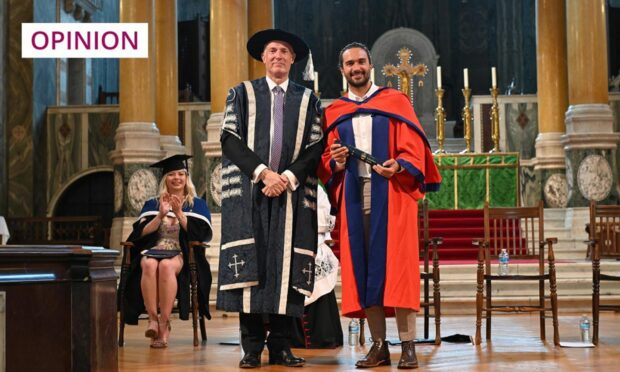
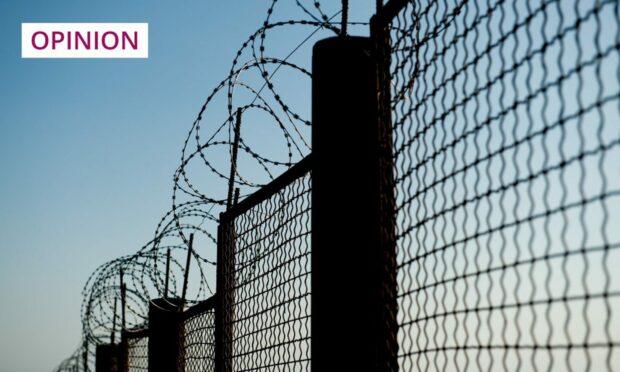
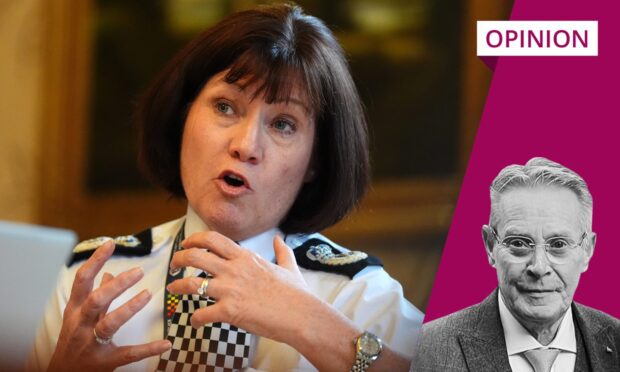
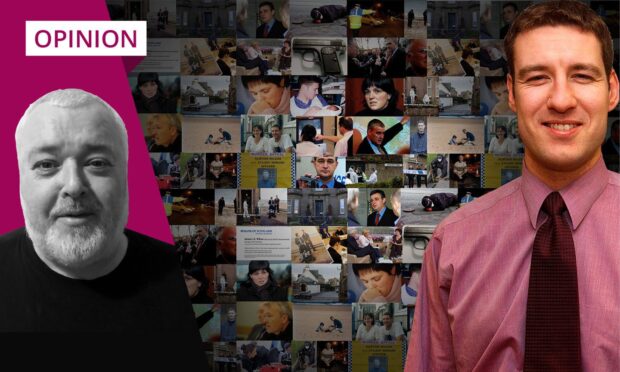
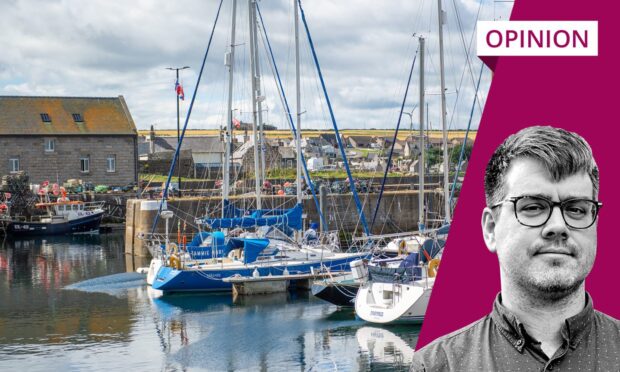
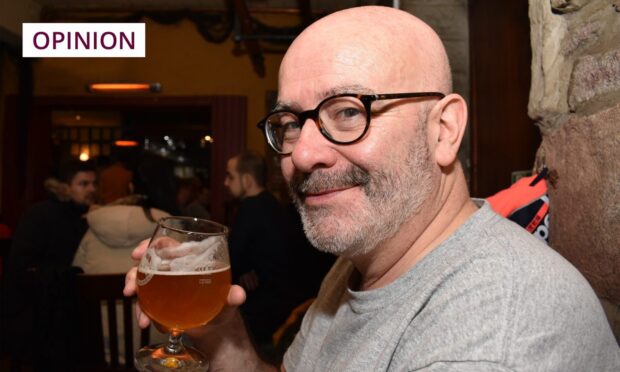
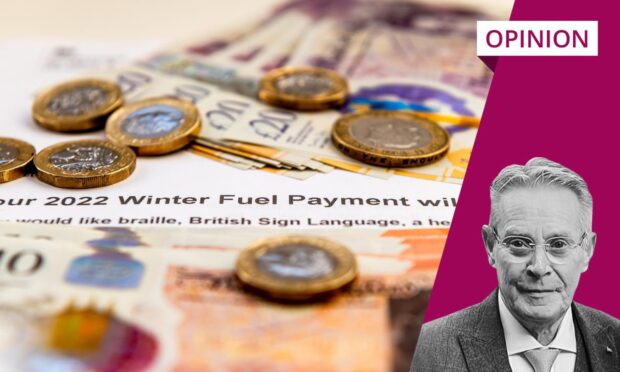
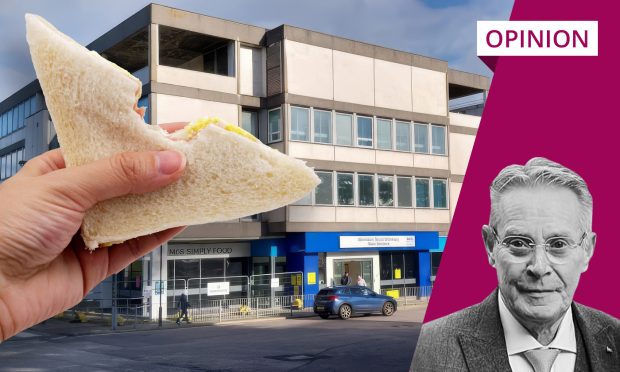

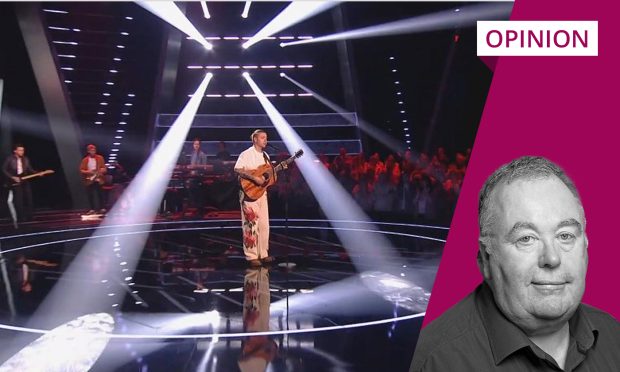
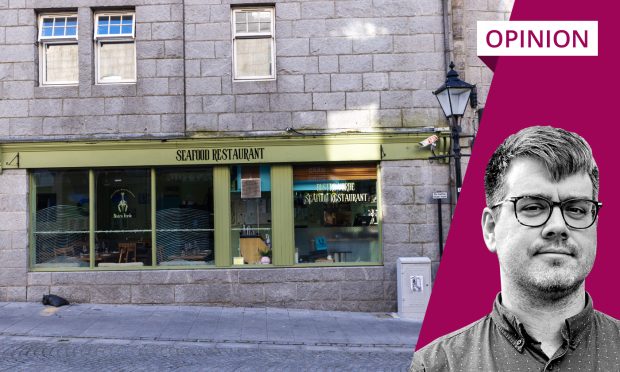
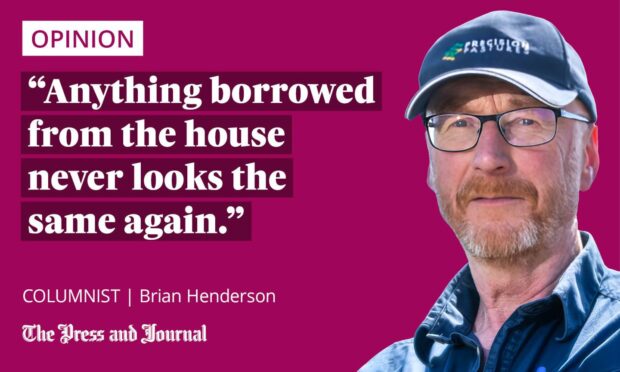
Conversation